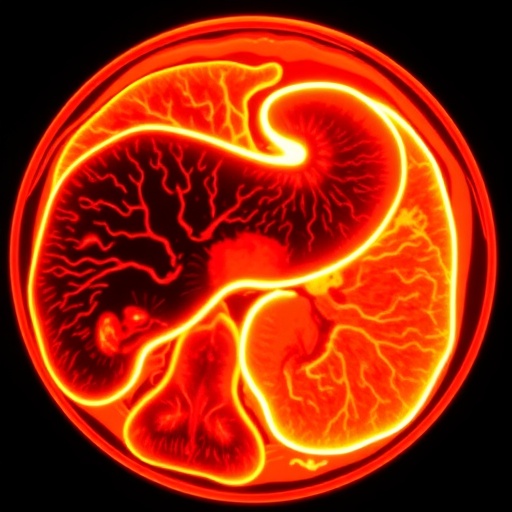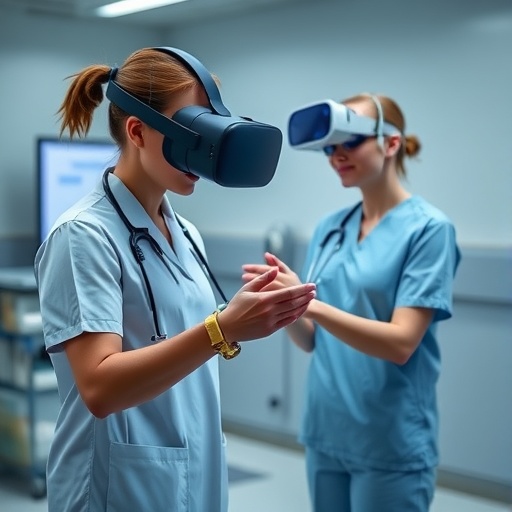
Credit: UNIST
UNIST researchers who are in the early stages of their research careers will be given opportunities to advance their work, thanks to the Sejong Science Fellowship, recently promoted by the Ministry of Science and ICT (MSIT).
Thirteen researchers, affiliated with UNIST have been chosen to receive the 2021 Sejong Science Fellowship Grants, which recognize early-career researchers of distinguished performance and a unique potential to make substantial contributions to their field. The fellowship program provides approximately 130 million won, on average, per year for the next five years.
Seyong Kwon, DongHyub Kim, Sungoh Park, Moon Son, Inseon Oh, Dong-Hyeok Lim, Wan Lee, Jae Beom Lee, Jongwan Lee, Sunghwan Jin, Junho Choi, JongCheol Pyo, and Chihyun Hwang were among the 311 recipients of this year’s Sejong Science Fellowship.
Newly-established by the Ministry of Science and ICT (MSIT), the Sejong Science Fellowship is intended for postdoctoral researchers (including non-tenure-track researchers) who are under the age of 39 or those who obtained a doctoral degree within the past 7 years. It aims to provide stable labor and research expenses to excellent postdoctoral researchers and non-executive faculty, helping pioneer the formation of new research areas and help the maturation of fellows into competent researchers.
Dr. Jae Beom Lee, one of the recipients of 2021 Sejong Science Fellowship, is an early-career scientist working as a postdoctoral research associate in the laboratory of Professor Youngju Lee (Department of Urban Environmental Engineering) at UNIST. Winning this fellowship is more meaningful to Dr. Lee, as he earned all of his degrees at UNIST.
“I feel incredibly honored to have been chosen to receive this fellowship,” says Dr. Lee. “I believe this fellowship will give me valuable knowledge and engineering skills to benefit others or serve the needs of society.”
Dr. Lee has embarked on the development of the next-generation prediction system that combines digital twins and reinforcement learning to provide the remaining useful lifetime estimation of major facilities. The key to this technology is to estimate the life expectancy of major facilities by attaching sensors on the surfaces of urban structures, including bridges and high-rise buildings. Virtual reality (VR) technologies are then applied to simulate such estimates to forecast life expectancy and potential risks. Ultimately, the goal is to build an AI-based system that could help improve accuracy automatically.
###
Media Contact
JooHyeon Heo
[email protected]
Original Source
https:/




